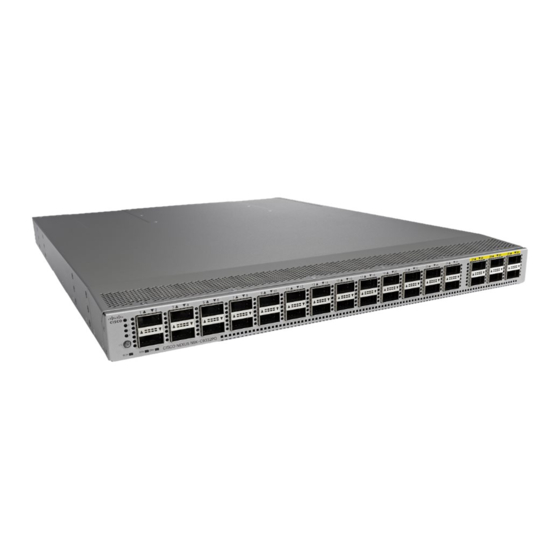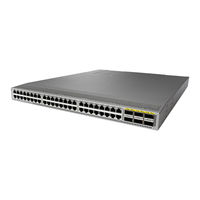
Cisco N9K-C9332PQ Switch Manuals
Manuals and User Guides for Cisco N9K-C9332PQ Switch. We have 2 Cisco N9K-C9332PQ Switch manuals available for free PDF download: Configuration Manual, Hardware Installation Manual
Cisco N9K-C9332PQ Configuration Manual (216 pages)
NX-OS Quality of Service Configuration, Release 7.x
Table of Contents
Advertisement

